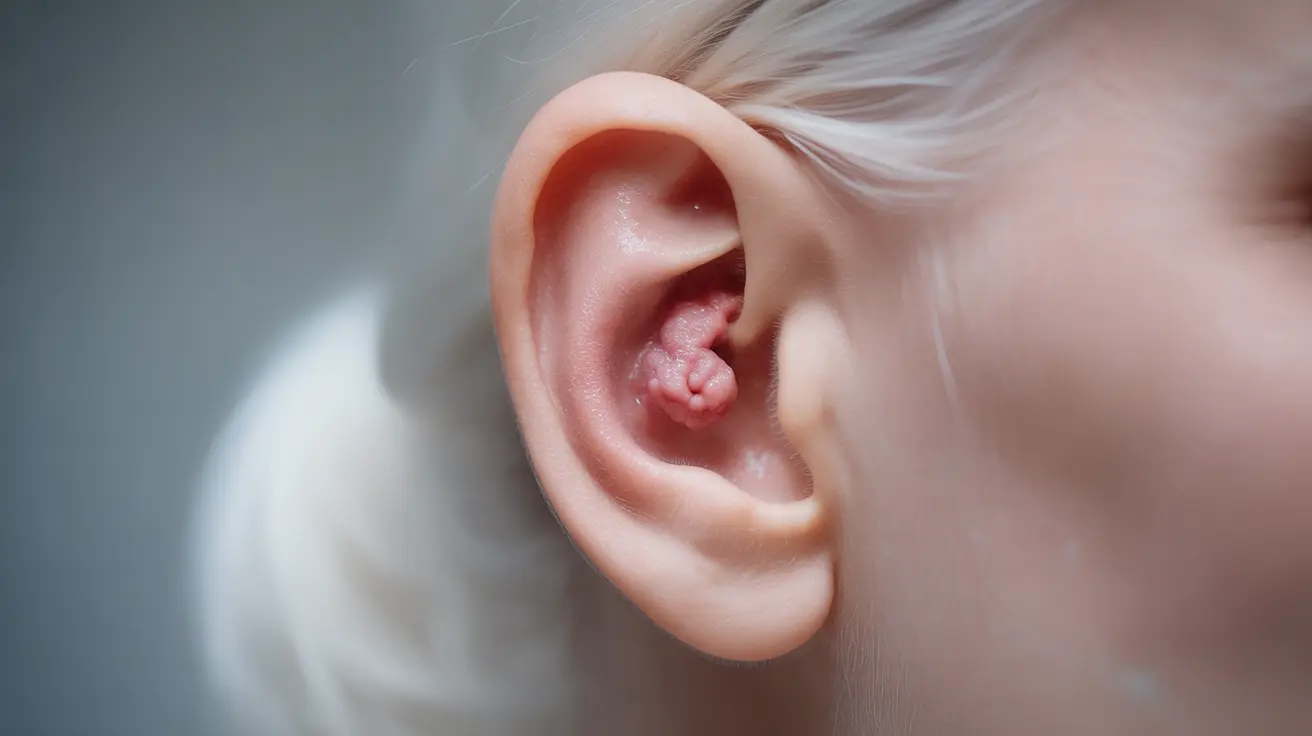When getting a new piercing, the formation of a hypertrophic scar can be an unwelcome surprise. These raised, firm bumps that develop around piercing sites are actually quite common, but understanding what they are and how to handle them is crucial for proper healing and prevention.
In this comprehensive guide, we'll explore everything you need to know about hypertrophic scar piercing, from identification and causes to effective treatment options and prevention strategies.
What Is a Hypertrophic Scar?
A hypertrophic scar is a raised tissue formation that occurs when excess collagen builds up during the healing process. Unlike regular scarring, these bumps typically appear raised and pink or red in color, but importantly, they stay within the boundaries of the original injury site - in this case, your piercing.
Identifying Hypertrophic Scars vs. Keloids
Understanding the difference between hypertrophic scars and keloids is crucial for proper treatment. Hypertrophic scars remain contained to the piercing area and may improve over time, while keloids grow beyond the original wound boundaries and rarely improve without intervention.
Key Characteristics of Hypertrophic Scars
- Limited to the piercing site
- Pink or red in color
- Firm but slightly flexible
- May improve naturally over time
- Usually appears within weeks of piercing
Common Causes and Risk Factors
Several factors can contribute to the development of hypertrophic scars after piercing:
- Poor piercing technique
- Inadequate aftercare
- Excessive movement of jewelry
- Genetic predisposition
- Location of the piercing
- Type of jewelry used
Treatment Options
There are several effective treatments available for managing hypertrophic scar piercing:
Professional Medical Treatments
- Corticosteroid injections
- Silicone gel sheets
- Pressure therapy
- Laser therapy
At-Home Care Methods
- Saline solution cleaning
- Tea tree oil applications
- Gentle massage
- proper jewelry maintenance
Prevention Strategies
Taking proper precautions can significantly reduce your risk of developing hypertrophic scars:
Before Getting Pierced
- Choose a reputable, licensed piercer
- Select appropriate jewelry material
- Consider your skin's healing history
- Choose a less prone piercing location
During Healing
- Follow aftercare instructions strictly
- Avoid touching or rotating the jewelry
- Keep the area clean and dry
- Don't remove jewelry prematurely
Frequently Asked Questions
What causes hypertrophic scars to develop after a piercing?
Hypertrophic scars develop when there's an overproduction of collagen during the healing process. This can be triggered by trauma, infection, excessive movement of the jewelry, or poor piercing technique. Genetic factors and the location of the piercing can also play significant roles.
How can I tell the difference between a hypertrophic scar and a keloid from a piercing?
Hypertrophic scars stay within the boundaries of the original piercing site and may improve over time. Keloids, however, grow beyond the original wound borders and continue to expand. Hypertrophic scars are also typically pink and firm, while keloids tend to be darker and more irregular in shape.
What are the most effective treatments for hypertrophic scars from piercings?
The most effective treatments include professional interventions like corticosteroid injections and silicone gel sheets. At-home treatments such as proper cleaning with saline solution, tea tree oil applications, and gentle massage can also help. Consistency in treatment is key for the best results.
How can I prevent hypertrophic scars when getting a new piercing?
Prevention starts with choosing a qualified piercer and appropriate jewelry. Following proper aftercare instructions, avoiding trauma to the area, keeping the piercing clean, and not changing jewelry too early are crucial preventive measures. Some people may be more prone to scarring, so discussing your history with your piercer is important.
Is it safe to change or remove jewelry if I have a hypertrophic scar on my piercing?
It's best to consult with a professional piercer or healthcare provider before changing or removing jewelry when you have a hypertrophic scar. Premature jewelry removal can trap the scar tissue and make the condition worse. If changing is necessary, it should be done carefully and with proper sterilization.




